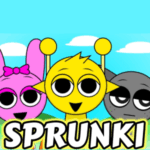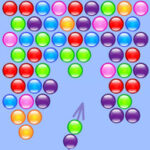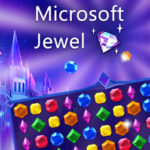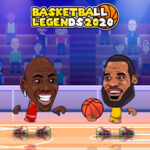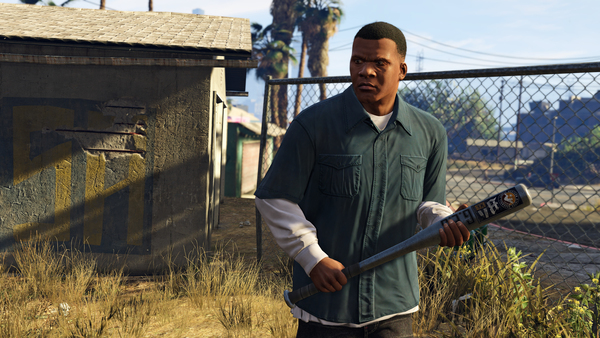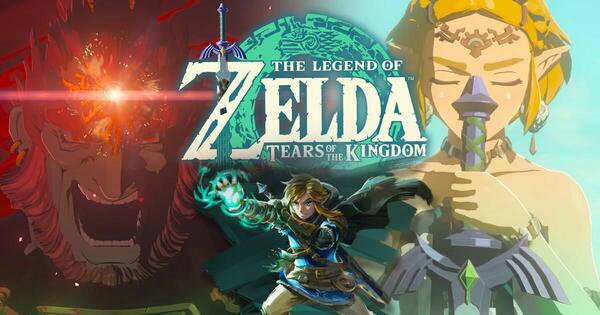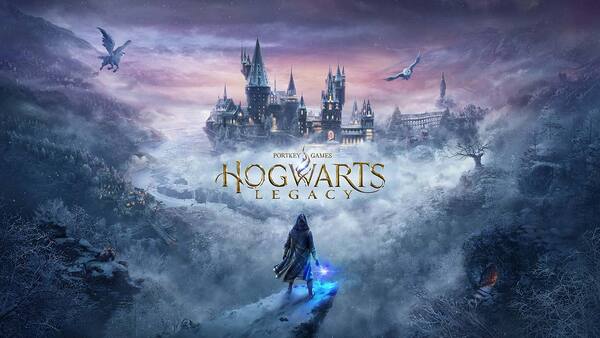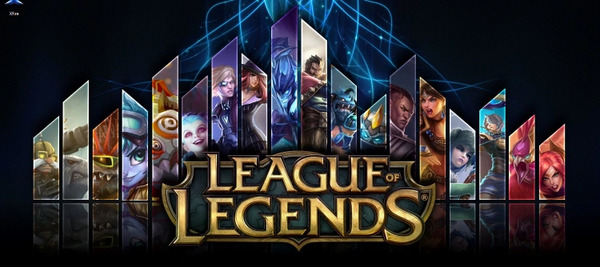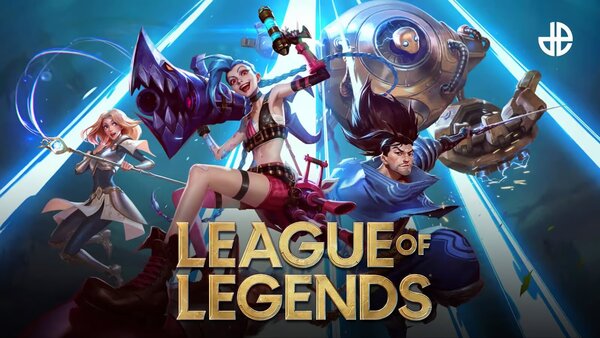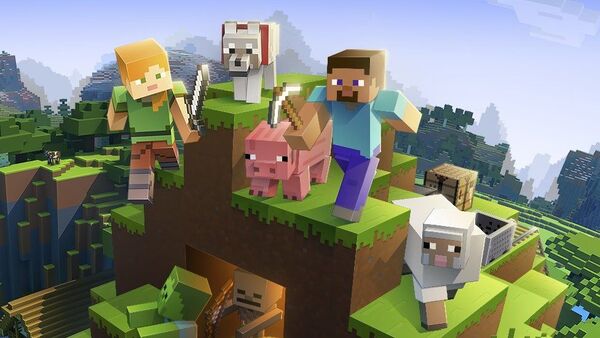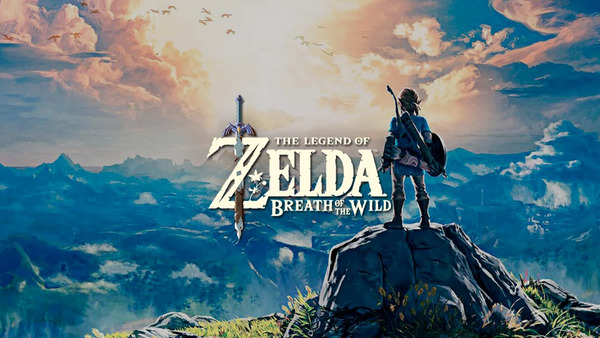1. The Beginning Origins and Initial Launch
Candy Crush Saga was first introduced in April of 2012 by the developer King. King had been working on casual games but nothing approached what this title would become. The concept was simple match three candies of the same color to clear them from a board and complete objectives. This simplicity was one of its greatest strengths as it made the game very accessible.
Early Development Vision
King wanted to create a mobile friendly puzzle that felt friendly and rewarding. They adopted bright candy like visuals playful animations and short gameplay sessions. At the same time they embedded a level structure that built gradually in complexity to ensure players remained engaged without feeling overwhelmed.
Initial Platform Launch
The game first appeared on the Facebook platform allowing social engagement features such as life sharing and progress comparisons. It quickly attracted large numbers of daily users as word spread via social networks. Facebook integration gave players an easy way to invite friends and request help which fuelled initial growth.
2. Explosion of Popularity during Two Thousand Twelve and Two Thousand Thirteen
In the years two thousand twelve and two thousand thirteen Candy Crush Saga experienced a viral rise. That period would define how casual games could thrive on multiple platforms and generate vast revenue.
Viral Mechanics on Social Media
By integrating with Facebook the game allowed players to send lives to friends request assistance and display achievements. That social feature created a powerful viral effect. As one friend invited another the player base multiplied rapidly. Within a few months Monthly Active Users exceeded one hundred million.
Revenue Reflects Massive Reach
Candy Crush used a free to play model with optional purchases. Players could buy extra moves extra lives and various boosters. When players encountered difficult levels they often spent small amounts money to continue. That simple model became highly lucrative generating more than one billion dollars in revenue in a single year.
3. Mobile Adoption and Cross Platform Growth
Once the game proved its popularity on Facebook King expanded Candy Crush Saga to mobile devices. This move brought new audiences and further cemented its place in daily life.
Launch on Mobile App Stores
In early two thousand thirteen Candy Crush Saga was launched on the Apple App Store and Google Play. The move was seamless as the core gameplay mechanics were ideal for touch screens. It quickly became one of the most downloaded games on both platforms.
Cloud Sync and Seamless Playback
A major innovation was the ability to sync progress across devices. A player could start on mobile continue on tablet or desktop then return later on a smartphone. This flexibility increased engagement since users could play anywhere anytime.
4. Visual Refinements and Gameplay Enhancements
Candy Crush Saga did not remain static. Over time visuals improved dramatically. Gameplay challenges evolved to ensure longevity and player satisfaction.
Graphical Improvements Over Time
Originally the game had a flat cartoon style but that soon shifted to more polished visuals. Candy pieces gained subtle depth and lighting effects. Game backgrounds became more animated featuring seasonal theming such as winter scenes or spooky Halloween settings.
New Objectives and Mechanics
At first levels required just reaching a score but as the game matured new goals were added. These included clearing jelly covering tiles dropping ingredients to a board bottom removing chocolate blocks and timed challenges. These additions created strategic depth and kept gameplay fresh.
5. Global Expansion and Cultural Adaptation
King understood that to succeed globally the game needed adaptation for different regions. Over time Candy Crush Saga became culturally sensitive and regionally relevant.
Multilingual Support and Local Features
Candy Crush Saga was localized in more than twenty languages. That included translation of text and adaptation of seasonal themes to local calendars. Holidays such as Lunar New Year and Diwali received custom levels and art treatment.
Regional Marketing Efforts
King ran market specific advertising. In some regions partnerships with local celebrities drove awareness. In others special versions of events were created reflecting local preferences. These efforts were critical to establishing Candy Crush as a global brand.
6. Monetization Strategy and Ethical Concerns
While the game leveraged its accessible model to generate revenue it also attracted criticism. Understanding its monetization model and responses to criticisms is key.
Paid Extras and Revenue Model
The game let players purchase extra lives boosters additional moves and other helpful tools. Bundles and special offers appeared in the store encouraging timely purchases. That allowed both casual players and high spenders to find value.
Critiques of Game Design
Some critics described undesirable aspects including frustration based spending promotion reliance on random chance and psychological engagement techniques designed to prolong play. Critics argued that players might spend more than intended under pressure.
King Response and Adjustments
In response King increased availability of free items improved balance of level difficulty introduced optional adverts for rewards and enhanced transparency. These changes came gradually and were intended to address negative feedback.
7. Continued Growth Sustained Updates and Community
Over a decade after release Candy Crush Saga continues to thrive due to steady content updates and community support.
Weekly Content and Seasonal Events
New levels are released weekly pushing total count past fifteen thousand. Seasonal events include Halloween winter events or Valentine’s Day challenges. Special features like Season Rewards or community goals provide extra motivation and freshness.
Active Player Base and Community Hubs
Candy Crush remains strong socially. Communities form around helpful content guides and stories on platforms such as YouTube Reddit and forums. Players share tips walkthroughs or speedrun achievements keeping interest alive and strengthening brand loyalty.
8. Achievements Metrics and Spin Offs
Candy Crush Saga has earned a place in gaming history through metrics achievements and successful expansions.
Key Performance Metrics
Major figures include more than three billion lifetime downloads over forty million daily active users and revenues in excess of one billion dollars annually at peak. Those stats place the game among the most financially successful mobile games of all time.
Spin Off Titles and Brand Extensions
The success spawned spin off titles like Candy Crush Soda Saga Candy Crush Jelly Saga and Candy Crush Friends Saga. Each introduced slightly different mechanics but shared core gameplay and art style. Those games built upon the core audience while appealing to new players.
9. Market Position and Competitive Landscape
Candy Crush Saga faces competition in a market full of puzzle games yet it retains a dominant position.
Comparative Analysis With Other Titles
Compared to early classics like Bejeweled Candy Crush offers thousands more levels and stronger monetization integration. Against narrative casual games like Homescapes Candy Crush focuses purely on puzzle depth and replayability rather than character arcs or stories.
Strengths and Vulnerabilities
Classic match three gameplay is its strength because it requires no prior experience yet offers layered challenge. Enthusiastic community engagement is another asset. But vulnerabilities include risk of oversaturation player fatigue and changing regulatory attitudes toward monetization methods.
10. Looking Ahead Future Opportunities and Challenges
Candy Crush Saga has proven durable but it cannot remain static. Future innovations and potential challenges deserve attention.
Emerging Technologies and Game Directions
King is exploring new technologies such as artificial intelligence to personalize level progression augmented reality to bring play into real world spaces and live events or multiplayer features to increase social competition. These could renew interest and open up new ways to play.
Challenges That May Threaten Longevity
Despite its scale the game must manage risks such as player fatigue from similar content regulatory scrutiny of in app monetization and competition from other game genres such as narrative adventure roguelikes and live services that attract younger audiences.
Pros and Cons
Pros
-
Easy to learn and highly accessible
-
High quality visual presentation and ongoing content
-
Massive library of levels with new additions frequently
-
Strong social and cross platform syncing
-
Engaged community of players and content creators
Cons
-
Some levels rely on chance and luck not skill
-
Monetization can pressure players financially
-
Gameplay can feel repetitive over long time
-
Limited story depth compared to narrative driven games
Final Rating
| Attribute | Rating Out Of Ten |
|---|---|
| Gameplay Quality | 8.5 |
| Visual And Sound Design | 9.0 |
| Monetization Fairness | 6.5 |
| Innovation | 7.5 |
| Longevity And Replay | 8.0 |
| Overall Score | 8.3 |
Conclusion
Candy Crush Saga remains a landmark in modern casual gaming. From its debut on social platforms to its global mobile ubiquity it has demonstrated how simple mechanics vibrant design and smart progression structure can create a long lasting experience. Its monetization model was both celebrated and critiqued but it maintained strong financial success while evolving to respond to player feedback. With high level count constant updates and growing community engagement Candy Crush Saga continues to define the match three genre. Future innovations in personalization competitive modes and new technology integration may shape the next phase. For now the game stands as a testament to creative design and strategic growth. Its lasting impact on mobile gaming is clear and its future looks promising as it adapts and grows without relying on any gimmicks.





